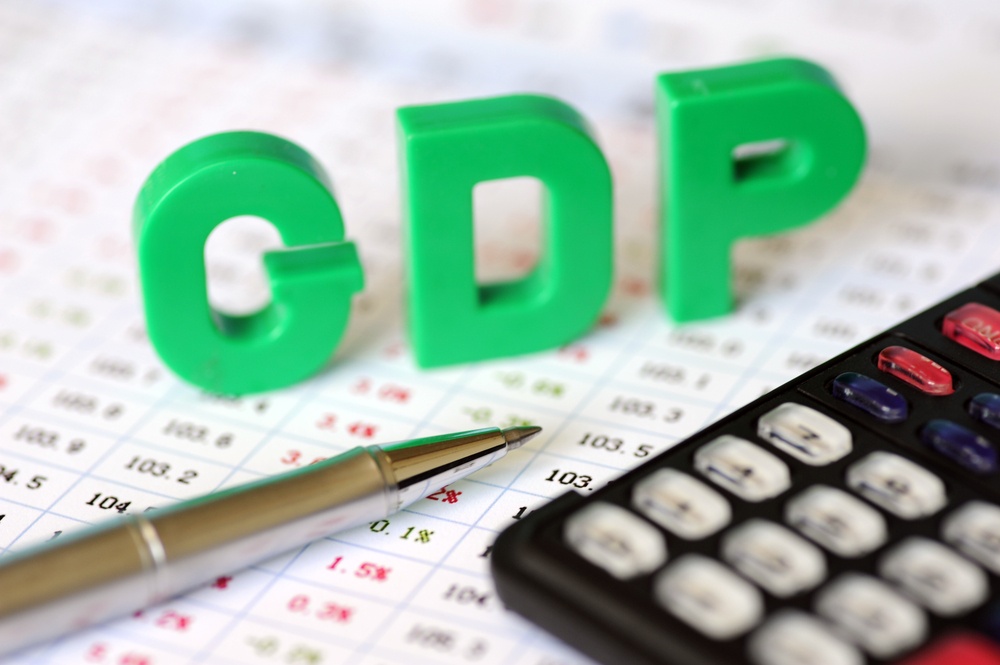U.S. Q2 GDP Growth Reaches 2.8%, Exceeding Expectations
The latest data shows that the US GDP growth and labor market are showing elasticity, but the increase in durable goods orders and average unemployment claims needs to be continuously observed.
Key points:
- The annualized growth rate of real GDP in the United States in the second quarter of 2024 was 2.8%, higher than the 1.4% in the first quarter, mainly driven by consumer spending and inventory investment.
- The number of unemployment benefit applications has decreased, while the number of ongoing applications has reached a recent high.
- Durable goods orders decreased by 6.6% to $264.5 billion, but core orders excluding transportation increased by 0.5%, indicating potential strong demand.

The US economy showed accelerated growth in the second quarter of 2024, with an annualized real GDP growth rate of 2.8%, higher than the 1.4% in the first quarter.
The growth of GDP in the second quarter was mainly driven by an increase in consumer spending, private inventory investment, and non residential fixed investment. Consumer spending has increased in both service and goods sectors, with significant contributions from healthcare, housing, and automobiles. Compared to the acceleration in the first quarter, it is mainly due to the rebound of private inventory investment and the acceleration of consumer spending, partially offset by the decline in fixed investment in residential properties.
In terms of inflation and personal income, the inflation rate measured by the Personal Consumption Expenditures (PCE) price index decreased from 3.4% in the first quarter to 2.6%, and the core PCE (excluding food and energy) also decreased from 3.7% to 2.9%. Personal income and disposable income continue to grow, but at a slower rate than in the first quarter. The personal savings rate has slightly decreased to 3.5%, lower than the previous quarter's 3.8%.
The labor market has shown resilience, with initial applications for unemployment benefits decreasing by 10,000 to 235,000 in the week ending July 20th. The four week moving average slightly increased by 250 to 235,500. The insured unemployment rate remained at 1.2%, while the number of people continuously applying for unemployment benefits decreased by 9,000 to 1.851 million. The four week moving average has risen to 1.8535 million, reaching its highest level since December 2021.
In terms of durable goods orders, the June durable goods orders presented a complex situation. The total amount of new orders for durable goods in the manufacturing industry decreased significantly by 6.6% to $264.5 billion, ending four consecutive months of growth. This decline is mainly driven by a 20.5% decrease in transportation equipment orders.
However, excluding the transportation sector with significant fluctuations, core durable goods orders actually increased by 0.5%, indicating the potential strength of manufacturing demand. After excluding defense orders, new orders decreased by 7.0%.
Overall, the acceleration of GDP growth and the stability of the labor market indicate the overall resilience of the economy, while the complexity of durable goods order reports and the slight increase in the four week average of unemployment benefits require continued attention. The easing of inflation indicators may bring some comfort to policy makers, but the overall economic situation remains complex and influenced by various internal and external factors.
Disclaimer: The views in this article are from the original Creator and do not represent the views or position of Hawk Insight. The content of the article is for reference, communication and learning only, and does not constitute investment advice. If it involves copyright issues, please contact us for deletion.